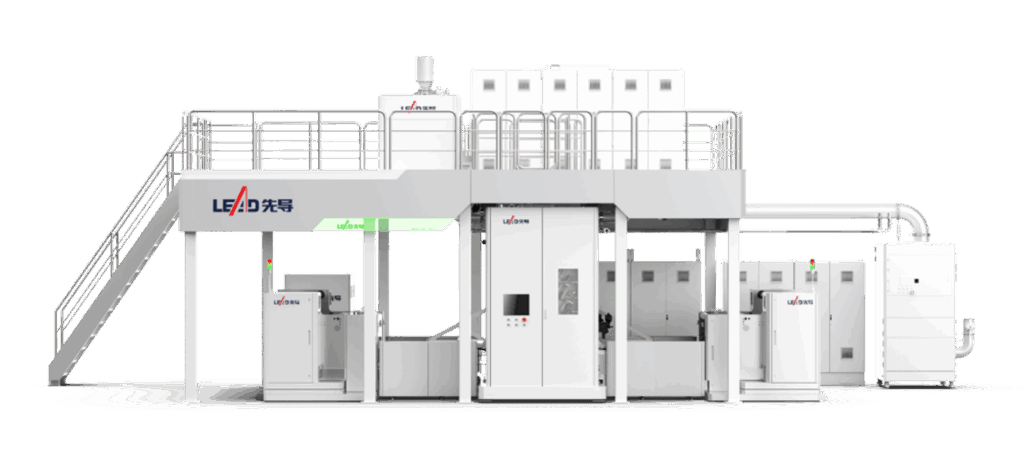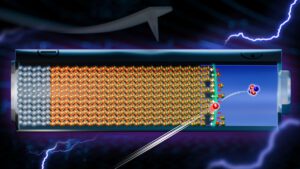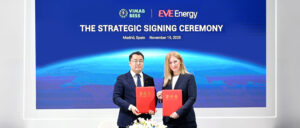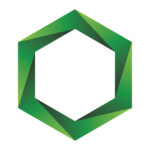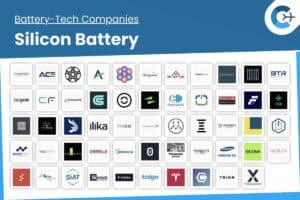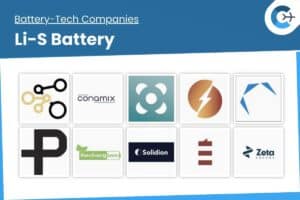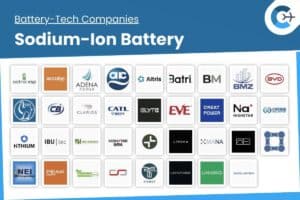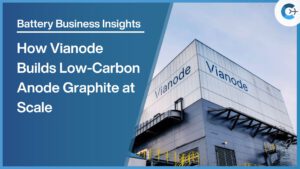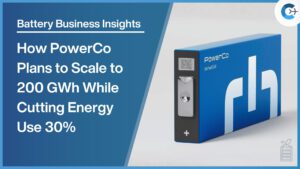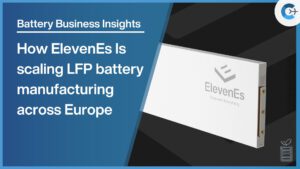LEAD has introduced its integrated dry mixing and coating line for lithium-ion battery anodes and cathodes, marking its transition into mass-production-ready technology. The new system is entirely solvent-free and engineered to reduce energy consumption and manufacturing costs while supporting industrial-scale throughput.
Traditional wet coating processes require extensive drying, which can account for more than 35% of a cell’s total energy use and involve handling toxic solvents with high recovery costs. LEAD’s dry coating solution addresses these challenges through a fully integrated workflow that spans powder unpacking, precise metering, fiberization, film formation, current collector lamination, waste recovery, and in-line quality inspection.
The system accommodates electrode widths up to 1,000 millimeters, with anode line speeds of up to 80 meters per minute and cathode speeds of 60 meters per minute. It also supports multiple electrode formats, positioning it for both conventional liquid-based cells and emerging solid-state applications.
Key energy-saving features include an industry-first variable-diameter, uniform-temperature electric heating system that reduces energy use by up to 60% compared to oil-heated systems. A three-stage temperature control approach for powder fiberization relies solely on factory cooling water, cutting energy demand by approximately 50%. Independent roller temperature zones enhance coating accuracy and rigidity while improving workshop cleanliness.
To ensure consistent coating quality, the line incorporates multi-dimensional powder mixing, anti-agglomeration screening, dynamic pre-mixing, and real-time gap monitoring with ±1 micrometer precision. Edge-cutting recycling and negative-pressure dust control recover high-value materials and minimize airborne pollutants.
Operator-focused design elements include adaptive cutting blades, automated width adjustment, and a transparent framework that allows visual monitoring and maintenance without requiring elevated work platforms. By eliminating solvents and optimizing thermal and mechanical processes, the system reduces overall energy consumption by more than 35% and lowers material and manufacturing costs by over 20%, offering battery manufacturers a cleaner, more cost-effective production method.
Source: Lead Intelligent

